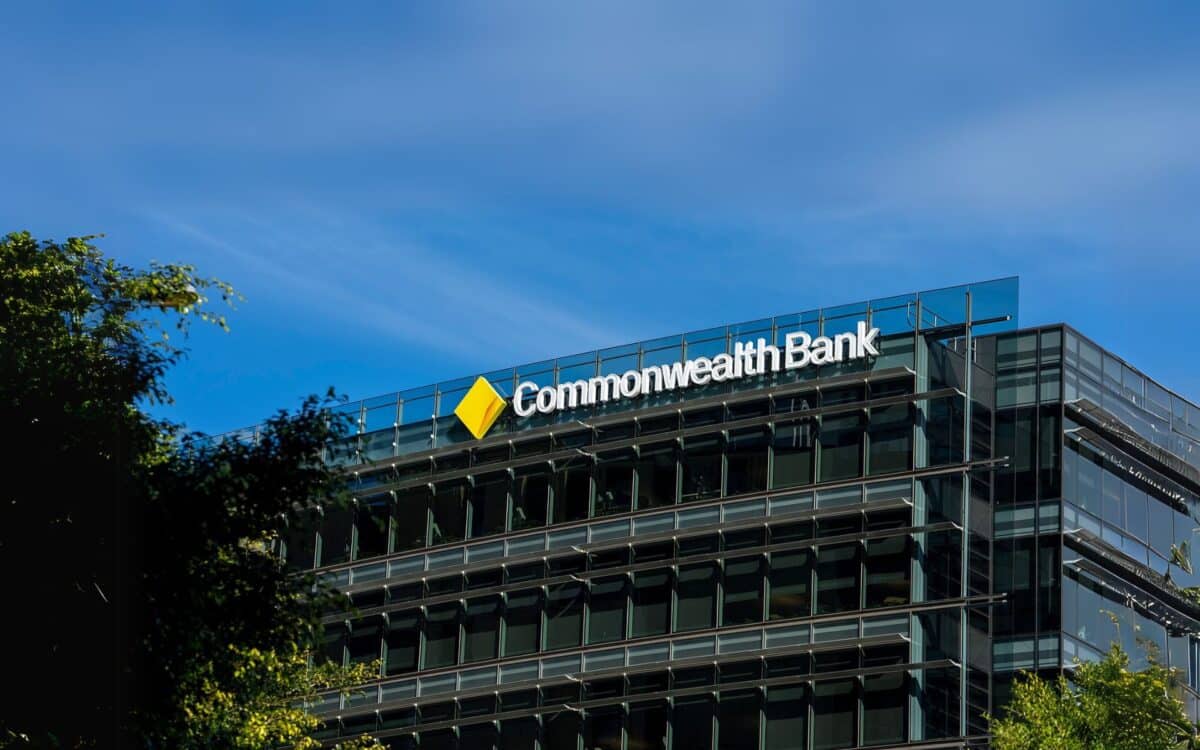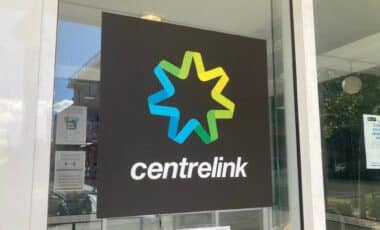Australia’s Commonwealth Bank has predicted a significant reduction in inflation for the March quarter, potentially paving the way for an interest rate cut by the Reserve Bank of Australia (RBA) in May.
The forecast aligns with expectations that the nation’s inflation is on track to return to within the RBA’s target range. According to the bank’s analysis, the trimmed mean CPI is expected to show a substantial decrease, helping to stabilize the broader economy.
This projection comes as part of a wider economic assessment that suggests a rate cut could be a likely next step for the RBA, a sentiment also echoed by financial experts at MPAMag.
Inflation Trends and Forecasts
In its latest financial projections, Commonwealth Bank forecasts a 0.6% increase in trimmed mean consumer price inflation (CPI) for the March quarter.
This increase would bring the annual underlying inflation rate down to 2.8%, comfortably within the RBA’s target band of 2-3%. The headline CPI is expected to rise by 0.8% for the quarter, dropping year-on-year to 2.3%.
According to the bank’s analysts, these inflation trends suggest that a rate cut in May is all but certain. Should the trimmed mean CPI fall in line with predictions, analysts believe the RBA will likely reduce interest rates to stimulate economic activity.
This view is in contrast to the RBA’s own forecasts, which anticipate a slightly higher quarterly increase of 0.7% in trimmed mean CPI.
Contributing Factors to Inflation Changes
Despite the forecasted inflation decrease, several factors are expected to exert upward pressure on consumer prices. A notable increase of 15.3% in electricity prices due to the unwinding of rebates is projected.
In addition, rising costs in education and healthcare are expected to contribute to inflation in the near term.
On the other hand, the ongoing weak demand for new dwellings is predicted to help keep inflation in check. The slowdown in the housing sector, coupled with aggressive discounting by builders, has led to lower consumer prices for new homes.
These factors are expected to provide a significant counterbalance to the inflationary pressures from energy and health sectors.
The Impact on Rents and the Broader Economy
Rents are also on the rise, with a projected 1.2% increase for the March quarter. This contributes an additional eight basis points to headline inflation, marking a notable acceleration compared to the previous quarter’s 0.5% increase.
This rise is partially attributed to reduced government support through Commonwealth Rent Assistance.
While these factors offer a mixed view of inflationary pressures, the overall outlook points towards a stable return to the RBA’s target, giving the central bank leeway to adjust its monetary policy in the coming months.









